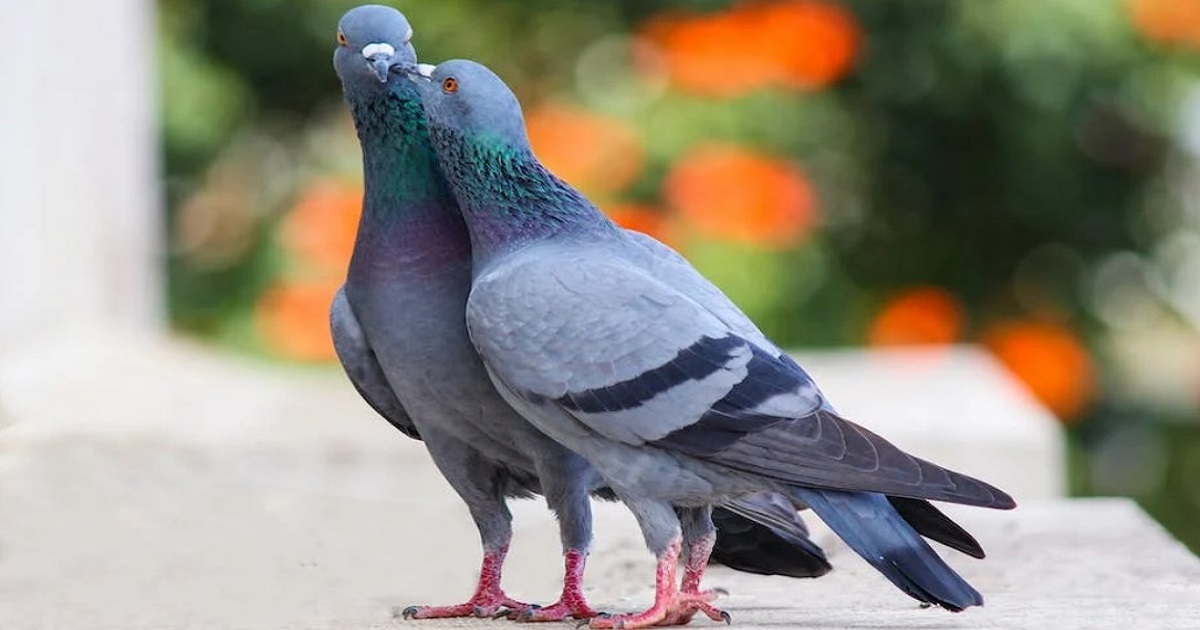Why We Never Seem to See Baby Pigeons

source: Pexels
Have you ever wondered why you rarely see baby pigeons? It’s a common observation made by many city dwellers. Pigeons seem to be everywhere, yet the fluffy, adorable baby pigeons are a rare sight. In this article, we’ll explore the reasons behind this mystery.
1. Nesting Habits:
Pigeons are known for their discreet nesting habits. Unlike some birds that build elaborate nests in trees or bushes, pigeons prefer to nest in concealed, hard-to-reach locations. They often choose nooks and crannies on buildings, bridges, or other man-made structures. This preference for hidden nesting spots makes it difficult for humans to spot their nests, let alone the baby pigeons within them.
2. Rapid Growth:
Baby pigeons, like many other bird species, undergo rapid growth during their early days. They hatch from small eggs and quickly develop into birds with feathers. This means that the time they spend in the nest as hatchlings is relatively short compared to their total lifespan. By the time they are ready to leave the nest, they already look more like adult pigeons than hatchlings, making them less noticeable.
3. Protective Parents:
Adult pigeons are protective parents. They carefully guard their nests and young from potential threats. When humans or other animals approach the nest, adult pigeons may become agitated and attempt to drive away the intruder. This protective behavior can make it challenging to get a glimpse of baby pigeons without disturbing their parents.

4. Limited Nesting Season:
Pigeons, like many birds, have a limited nesting season. They typically breed during spring and summer when food is abundant and the weather is favorable. This means that the window of time when baby pigeons are in the nest is relatively short each year. If you’re not actively looking for pigeon nests during this specific period, you’re unlikely to come across them.
5. Urban Living:
Pigeons have adapted remarkably well to urban environments. They have become a common sight in cities around the world. However, this urban lifestyle means that they often nest in high, inaccessible places, further reducing the chances of spotting their nests or young.

6. Camouflaged Appearance:
Baby pigeons are born with a cryptic, camouflaged appearance. Their feathers are a mix of grey and white, which blends in with the nest and surrounding structures. This natural camouflage helps protect them from predators while they are vulnerable in the nest.
7. Fledging Quickly:
Baby pigeons, after a relatively short time in the nest, fledge, which means they leave the nest and begin exploring their surroundings. Once they fledge, they are no longer hidden away in the nest, but they are also not easily recognizable as baby pigeons. This transition from nest-bound hatchlings to fledglings happens swiftly, often within a couple of weeks.
The mystery of why we rarely see baby pigeons can be attributed to their nesting habits, rapid growth, protective parents, limited nesting season, urban living, camouflaged appearance, and the quick transition from nest-bound babies to fledglings. While it may be challenging to spot these elusive baby birds, the next time you come across a pigeon perched on a city ledge, take a moment to appreciate the hidden world of their nests, where fluffy baby pigeons are growing and preparing to take on the urban jungle.